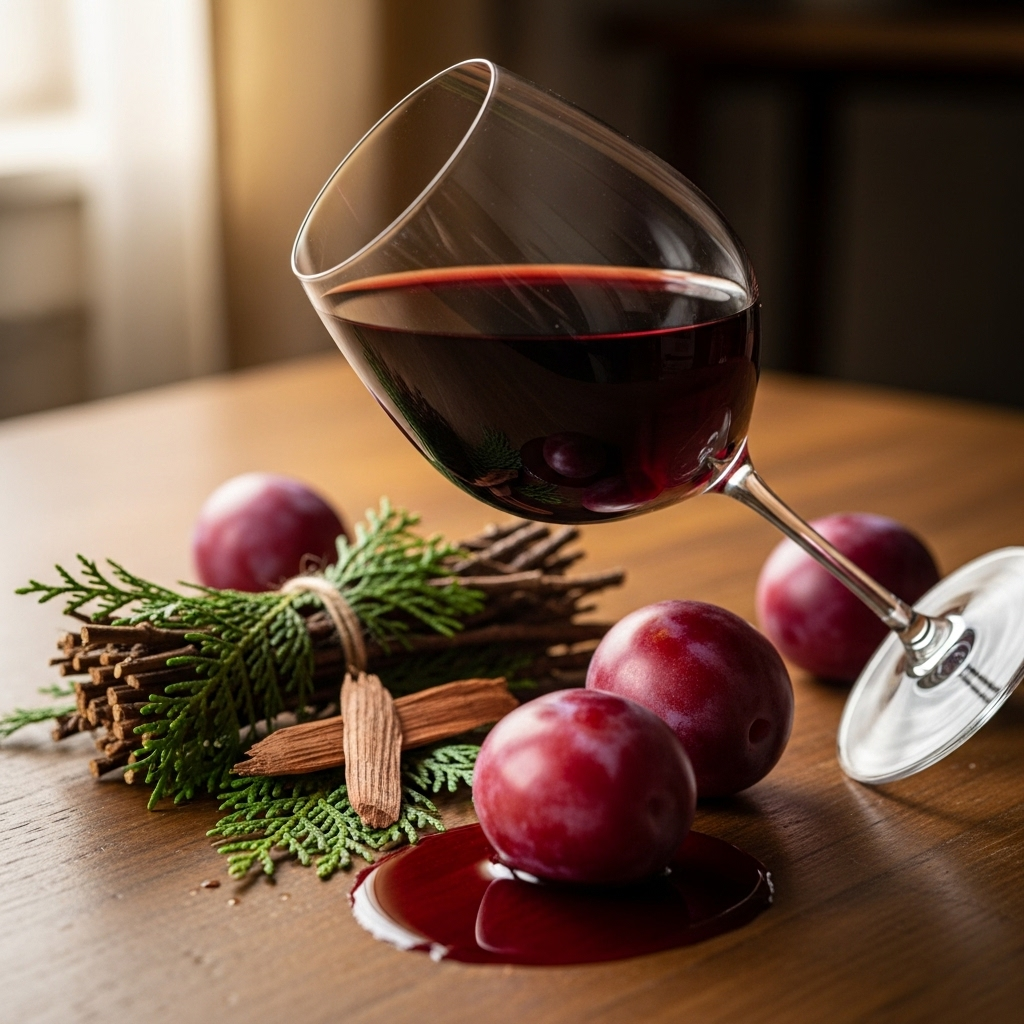
Cedar and Plum Notes Define This Bordeaux
Share
Exploring the Distinctive Aroma Profile of Bordeaux Wines
Bordeaux wines are renowned not only for their rich flavors but also for their captivating aroma profiles, which often evoke a sensory journey through the vineyards. The distinctive notes of cedar and plum are particularly emblematic of this region, intertwining to create a complex bouquet that enchants the senses. Cedar, with its warm, woody essence, brings a sense of elegance and depth, often reminiscent of the barrels in which the wine matures. This aromatic component adds a layer of sophistication, grounding the wine's character.
In contrast, the ripe, juicy notes of plum introduce a vibrant fruitiness that lifts the overall profile, inviting drinkers to explore further. The interplay between these two elements is a hallmark of Bordeaux, where the terroir plays a crucial role in shaping the wine's identity. As the wine breathes, additional nuances may emerge, revealing hints of spice or earthiness, further enriching the aromatic tapestry. This complexity not only enhances the drinking experience but also showcases the artistry of Bordeaux winemakers, who skillfully balance these elements to produce wines that are both memorable and multidimensional.
The Role of Cedar and Plum Notes in Wine Appreciation
Cedar and plum notes play a pivotal role in shaping the sensory experience of Bordeaux wines, contributing to their complexity and depth. The cedar aroma, often reminiscent of aged wooden barrels, lends a sophisticated layer to the wine's bouquet. This characteristic is particularly pronounced in well-structured reds, where the interplay between oak aging and fruitiness creates a harmonious balance. As the wine breathes, the cedar evolves, revealing subtle nuances that enhance its elegance.
In contrast, the plum notes introduce a rich, juicy sweetness that captivates the palate. These fruit-forward flavors are indicative of ripe grapes, often sourced from sun-drenched vineyards. The interplay between the tartness of the plum and the earthy undertones of the cedar creates a multidimensional tasting experience, inviting wine enthusiasts to explore the intricate layers within each sip. Together, these notes not only define the character of Bordeaux but also elevate the appreciation of its wines, making each bottle a journey through the terroir and craftsmanship behind it.
Expert Insights: How These Flavors Influence Bordeaux’s Complexity and Appeal
The interplay of cedar and plum notes in Bordeaux wines is not merely a matter of flavor; it encapsulates the region's rich terroir and winemaking traditions. Experts agree that the cedar aroma often arises from the aging process in oak barrels, which imparts a subtle yet profound complexity to the wine. This woody character beautifully complements the luscious plum notes, which are typically derived from the ripe fruit harvested during peak season. The balance between these flavors is crucial; while cedar brings a sense of structure and depth, plum adds a velvety richness that enhances the wine's overall mouthfeel.
Moreover, the integration of these flavors can vary significantly depending on the specific vineyard's microclimate and soil composition. For instance, wines from the Left Bank may exhibit more pronounced cedar, reflecting the gravelly soils that favor Cabernet Sauvignon, while those from the Right Bank often showcase a plusher fruit profile, highlighting Merlot's dominance. This nuanced interplay not only defines the character of Bordeaux wines but also contributes to their enduring appeal among connoisseurs and casual drinkers alike.
